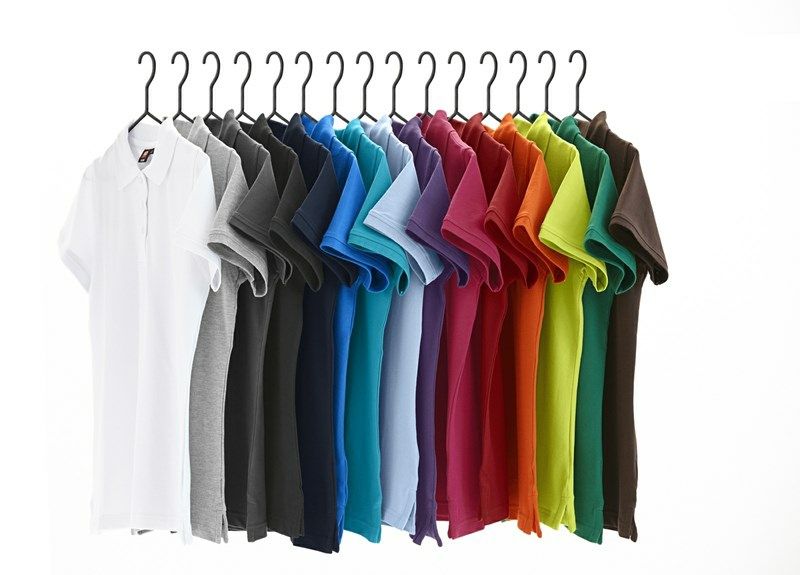
Polo shirts are the apparel item that are a bit overshadowed by its more popular pick, t-shirts. This sometimes-overlooked product is actually very versatile and can be a custom apparel staple for any business. You can design polos for your employees in a variety of different industries and use them to showcase company professionalism, as well as unity.
So, we thought that we’d take the overcomplicated polo and break it down to explain the many features of them from structure and material to wearability. We hope you’ll leave this blog post feeling a little more knowledgeable and less afraid to lean towards the collared equivalent of t-shirts.
Structure
Polos are commonly made of knitted fabrics that are easily recognizable by their braid-like pattern. Most polos are knitted and there are two main types or structures: pique and jersey.
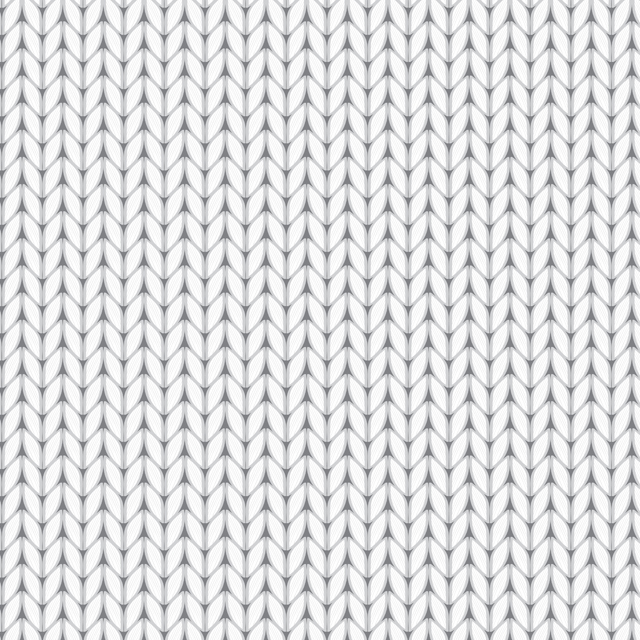
Pique Polos
Pique is easily recognizable for its woven and waffle-like pattern. Pronounced “pee-kay” or more commonly “peek,” a lot of traditional and basic polos are made from this material. This material is durable and flexible with a natural stretch built in for ultimate comfort. The looser weave allows for air to circulate better, making it a highly breathable fabric. The strong fabric of a pique polo makes for a sturdier and more expensive looking apparel item.
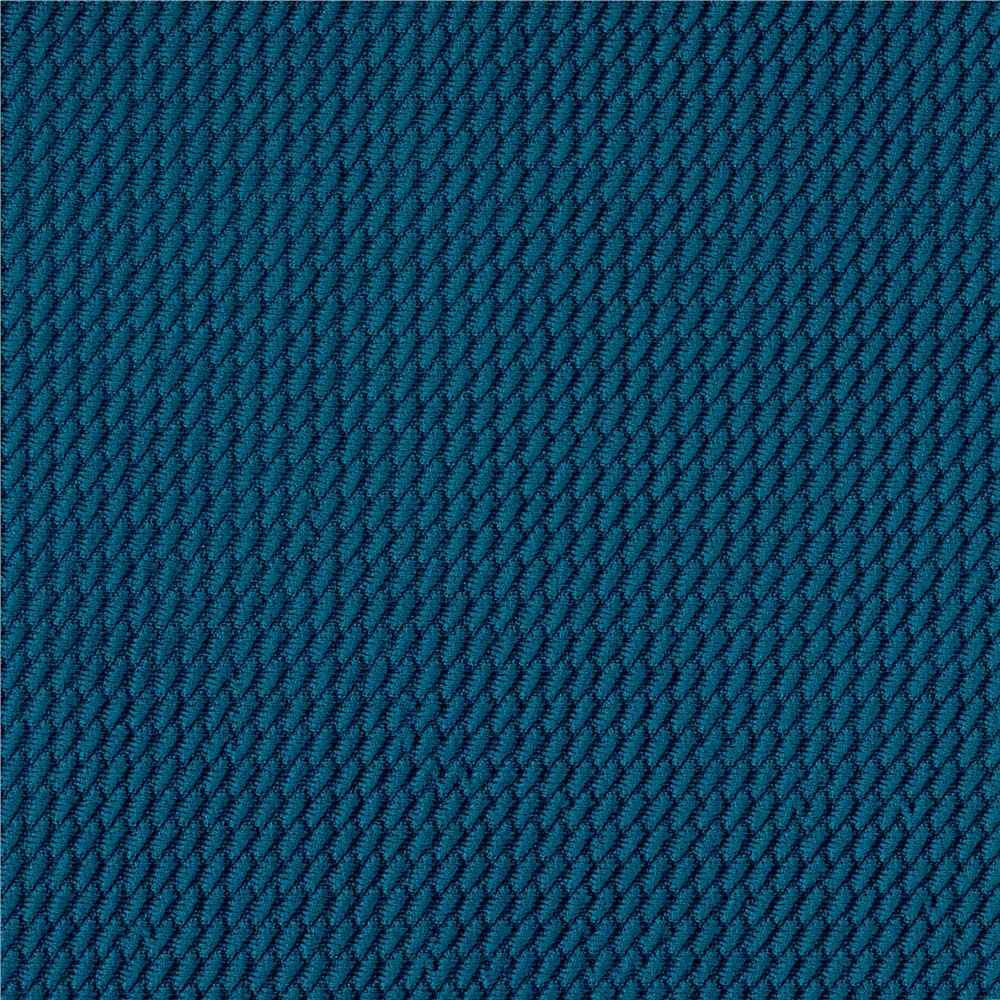
Jersey Polos
Jersey fabric is widely associated with t-shirts, but it is also a popular choice for polos. Jersey polos are smoother and flatter in texture, giving them a softer feel in comparison to pique fabric. This fabric tends to have more elasticity than pique and a lighter feel, ideal for a more slim-fitting polo.
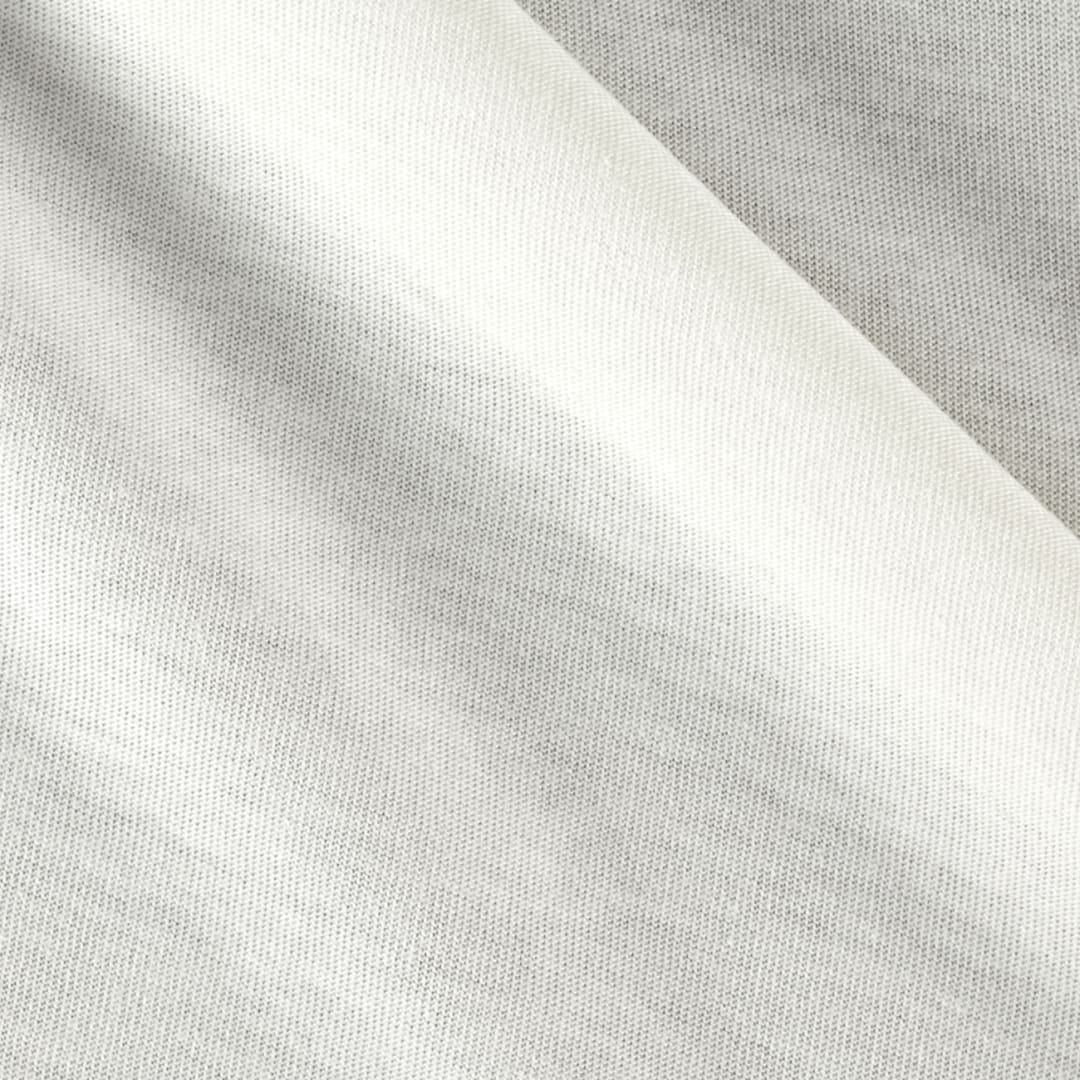
Material
Now that you know a little more about the difference between pique and jersey polos, it’s also important to know the various materials that polos can made of. The three main materials are polyester, cotton, and a 50/50 blend. Each material has its own features that will impact what polo fits your custom apparel needs best.
Polyester
Polyester is a synthetic fabric that is water and stain resistant. This produces a high strength and durable fabric that will resist shrinking and creasing. Polyester polos are moisture-wicking, which means you’ll stay dry and comfortable all day in this apparel item.
Who’s it best for?
A polyester pique polo has a more expensive look making it best suited for businesses that have more of a formal or professional-looking attire. So, if you’re looking custom apparel that your employees can wear for virtual meetings, on-site visits or in-office apparel (or home office!) then this is your go-to-choice. Also, the moisture wicking features in polyester-fibres makes this material the ideal choice for outdoor activities and team sports.
Cotton
Cotton fabric is made of natural fibres and polos made from this material provide ultimate comfort, as well as mobility. It’s important to note that cotton polos require extra care after washing to make sure they maintain their appearance and build.
Who’s it best for?
The lightweight feel of cotton polos make it a versatile choice for just about any work environment or activity. Cotton polos are better suited for cooler work environments where comfort and ease of movement are prioritized. Plus, if you’re going for more of a casual and relaxed look, then this is the right pick for you.
50/50 Blend
50/50 blend, or otherwise known as cotton/poly blend is one of the more popular material choices for polos. This blended material is highly breathable, as well as durable and crease-resistant with good absorption qualities. This blend of material also holds up better after laundering making it a longer-lived fabric with more ease of wear, as well as care.
Who’s it best for?
If you’re looking for uniforms for your employees or team, then a 50/50 blend polo is the ideal choice for you. You can find these blends in pique or jersey fabric and they are preferred for their longevity. Plus, if you plan on being outside for long periods of time then 50/50 blends are less prone to fade and are also resistant to staining. Examples of work environments that should lean towards this material in custom polos are kitchens or food services, landscaping, and factories.
Key Takeaways
Now that you’ve got an overview of the different types of polos, all you need to do is customize it with your logo and branding. The most common decoration method for polos is embroidery, which is sure to make your logo stand out in an elegant and polished way. The key to choosing the right polo for your logo is to make sure it aligns with your business needs and suits the environments that your employees and team will be wearing your custom polos.


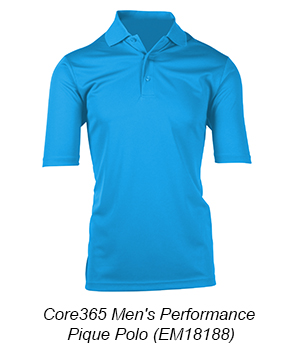
 (1).jpg)
.jpg)
.jpg)
.jpg)





